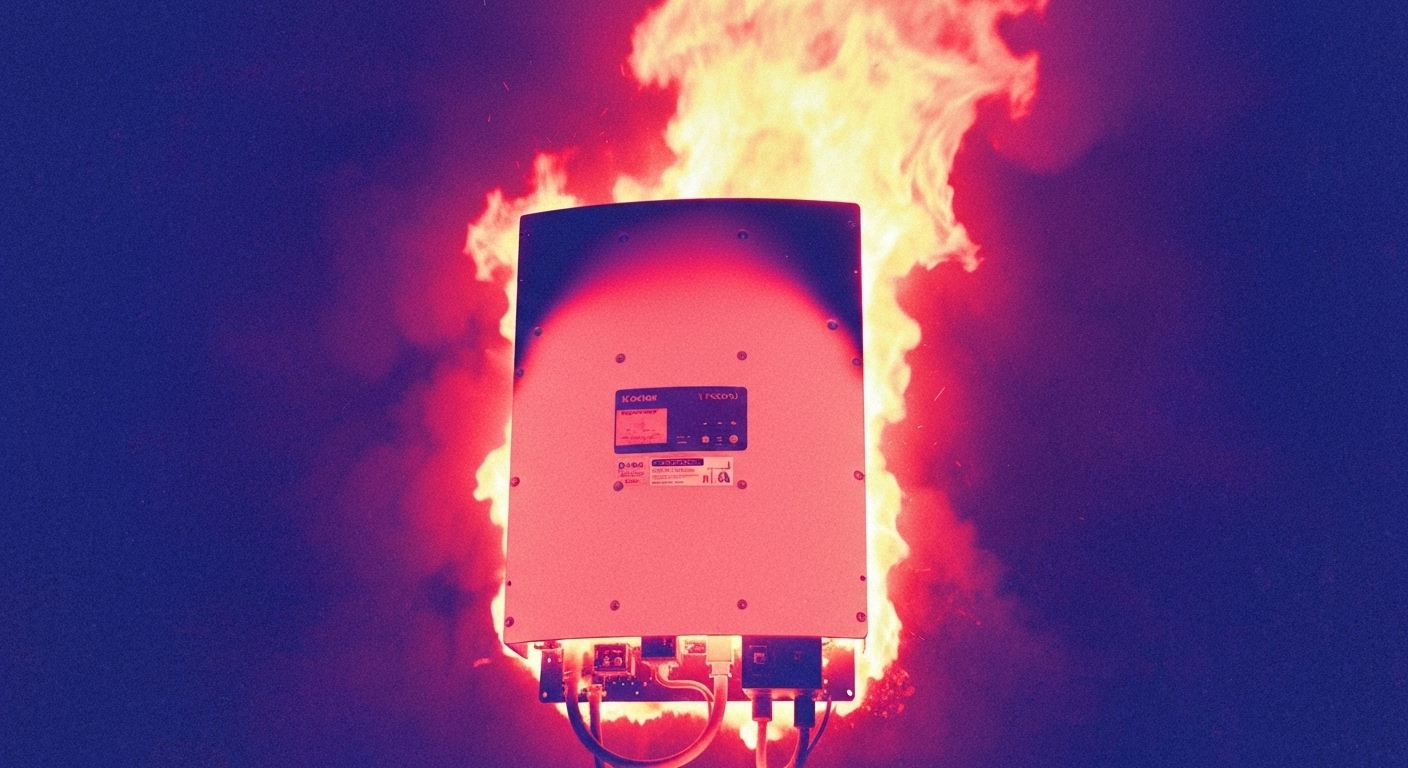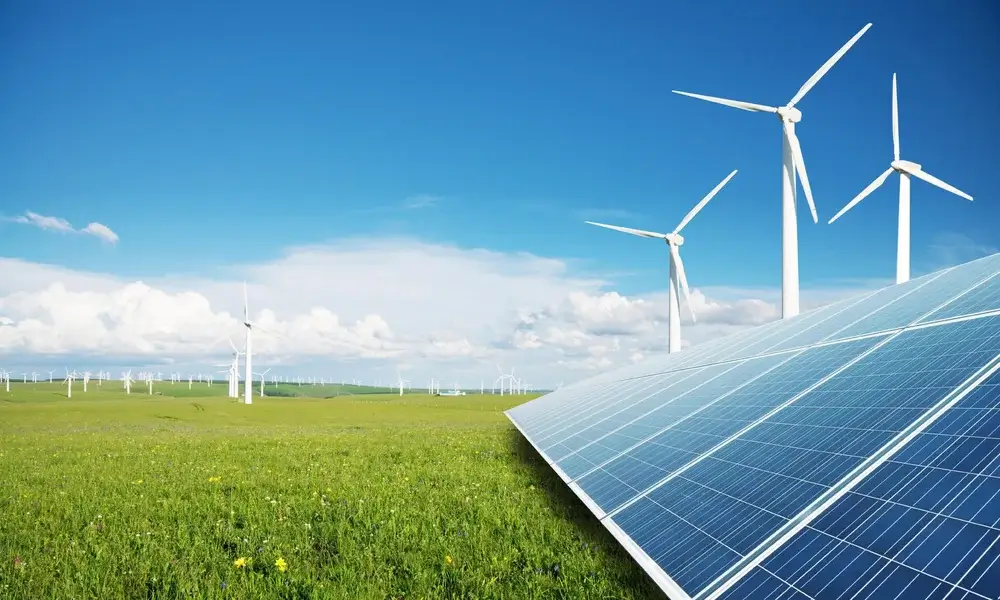Development of renewable energies is essential if we want to slow down climate change and fight for all the planet’s inhabitants to have access to electricity. Renewable energies differ from fossil fuels in that they are inexhaustible, varied and consist of viable options for all corners of the planet. But, most importantly, renewable energies do not pollute.
But there are still people who doubt the efficiency of clean energies and, although renewable energies are already the second largest source of electricity worldwide, give credence to the false myths and rumors concerning their viability. Below, we debunk some of these false arguments, spread by opponents of renewable energies:
Solar energy is useless at night.
Evidently, solar plants do not usually function at night, in the same way that wind farms do not operate when there’s no wind blowing. But the progress in developing storage technologies and falling costs are making it possible, when there is no immediate demand, to store the electricity produced and supply it later, when the user needs it, even if that is at night or when there is no wind.
Also, the complementarity between different renewable technologies is one of their main virtues and they are perfectly combinable so the best solution can be arrived at in any case.
Solar panels are made using polluting processes and are not recycled at the end of their useful lives.
It is calculated that state-of-the-art photovoltaic panels generate the energy expended during their manufacture within two years, whereas their useful life is more than 25 years, a period in which they will continue to generate clean, free energy.
Also, the main components of a photovoltaic panel are silicon, aluminum, glass and copper, so its manufacture does not suppose an especially polluting process that requires protection and safety measures beyond those for a conventional industrial process. Once the photovoltaic panel’s useful life is over, its components are classified as non-hazardous waste and are recoverable at rates of up to 95% or more.
Renewable energies are expensive.
Renewable energies are already the cheapest energy sources, and this will increasingly be the case. Both wind and solar power – since hydro has been competitive for many years already – have advanced enormously from a technological viewpoint and their installation costs have lowered markedly.
Over the past decade, the cost of photovoltaic modules has fallen by 94%, onshore wind turbines by 37% and lithium batteries for storing electricity by 85%. Today, these two renewable energy sources are cheaper than conventional sources in most parts of the world.
Renewable energies rob land from agriculture and livestock.
The surface area occupied by a wind turbine is minimal. In fact, wind farms are perfectly compatible with farming and livestock activities carried out on the same land.
Solar plants for their part are often installed on land without a previous use or even in desert environments where they don’t compete with livestock or agricultural activities. On the other hand, there are situations where photovoltaic plants use animals like sheep and goats to keep the land, on which they are installed, natural.
Source: WWF, The Climate Reality Project, SmartGridsInfo, El País, RamblingSDC, T-Solar



